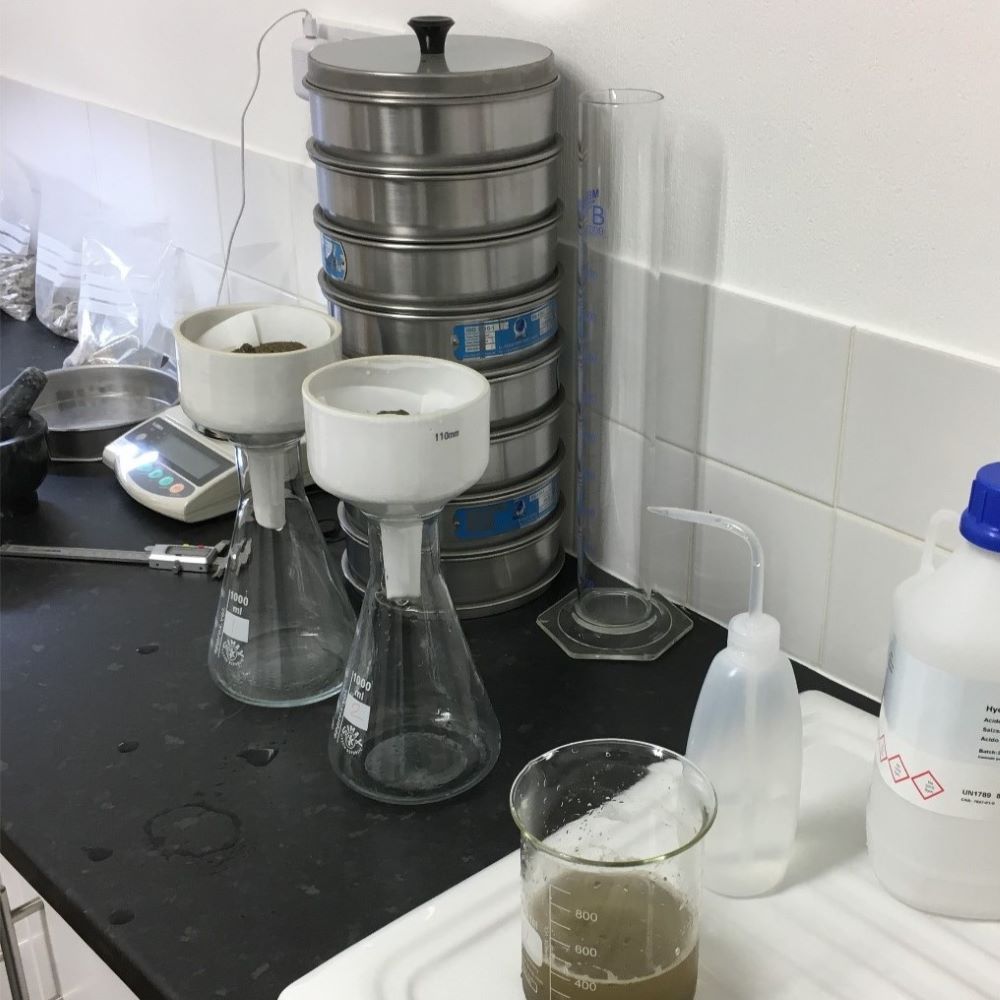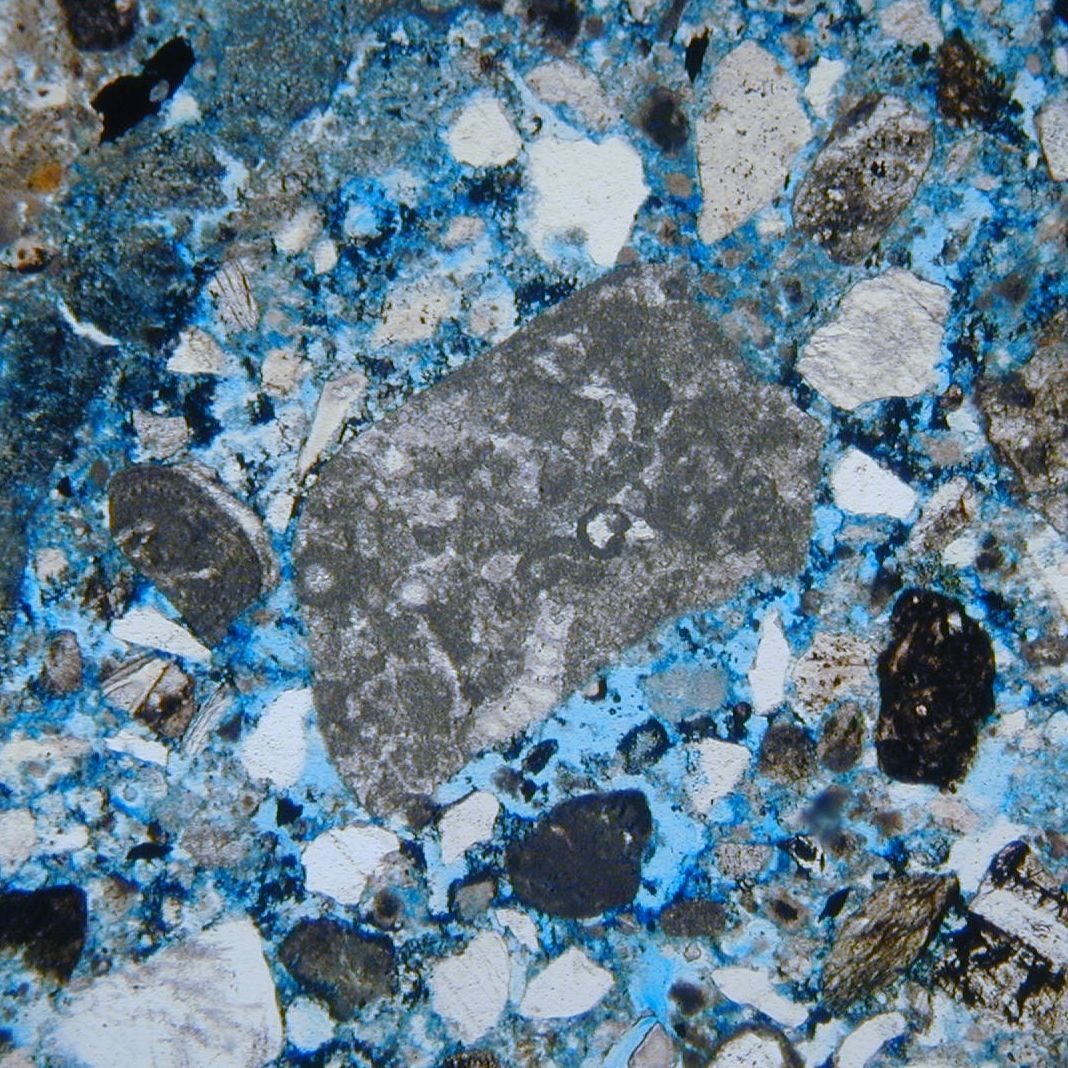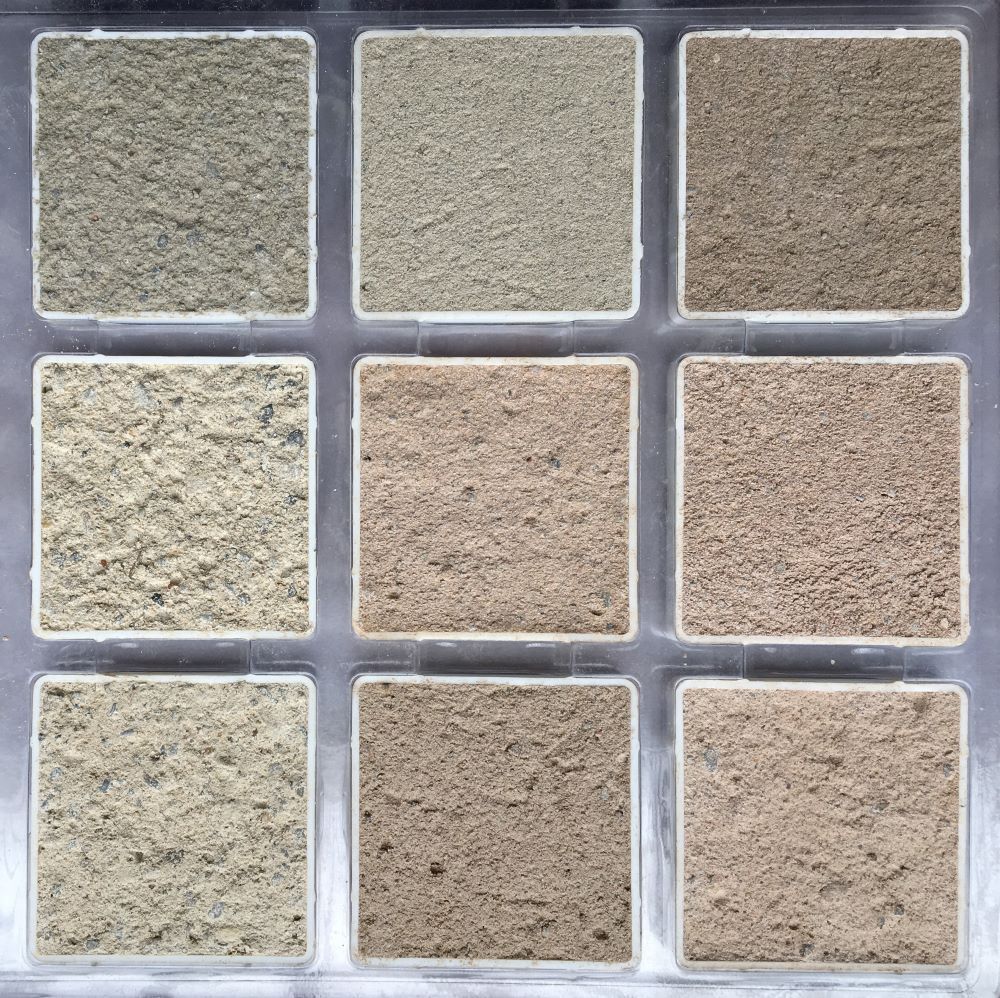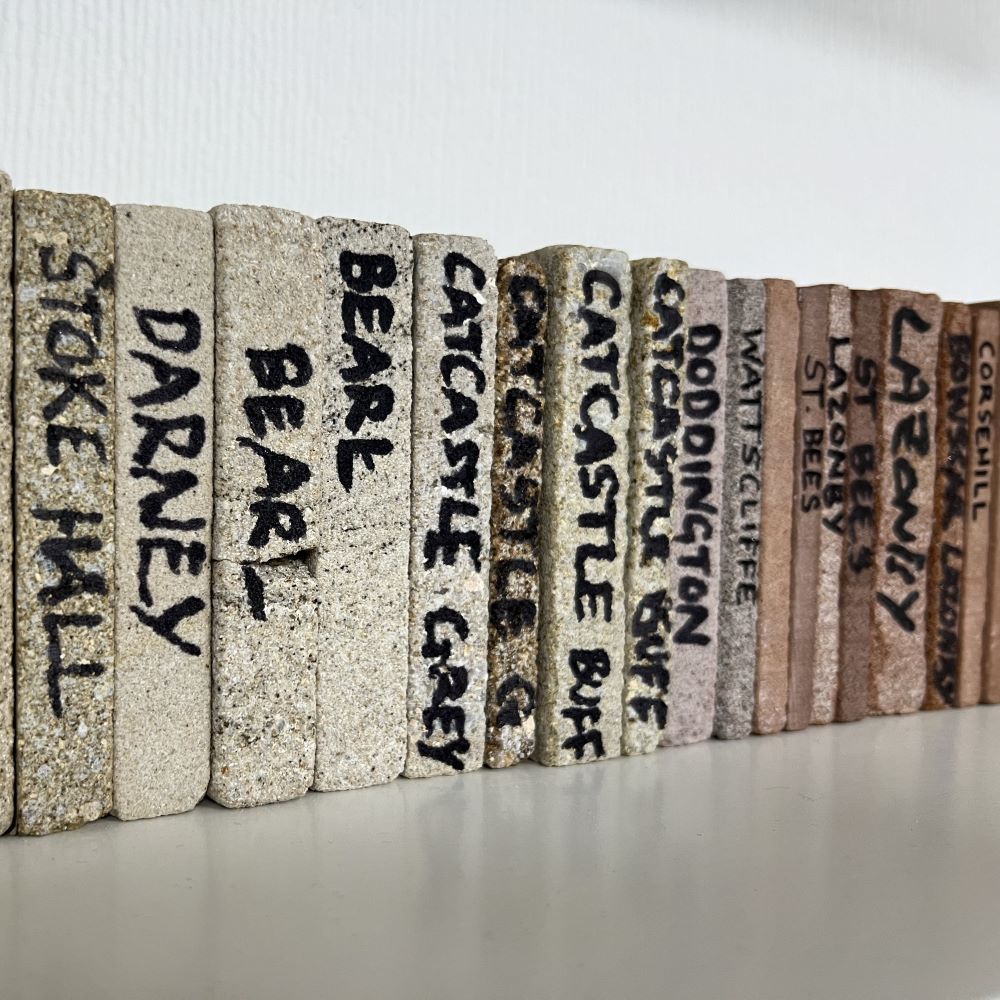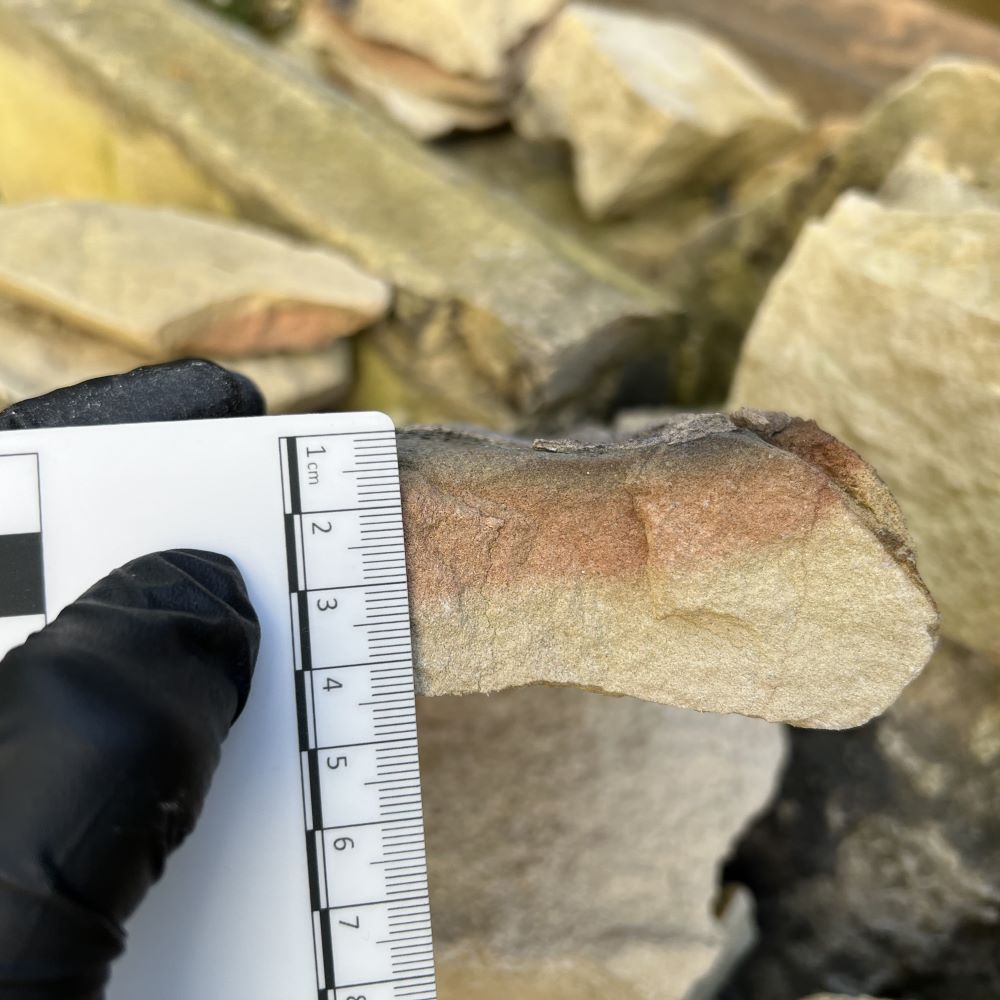"The correct choice of materials for conservation works is important for historic buildings. Where possible, existing materials should be investigated and tested so that good performance and aesthetic matches can be achieved.”
BS 7913: 2013 Guide to the conservation of historic buildings
Mortar Analysis
"In historic buildings of particular significance, the mortar composition should be based on analysis of the original mortar” (BS7913)
Our in-house laboratory can undertake analysis (and matching where appropriate) of historic lime mortar, harling and plaster samples.
Our standard mortar analysis service combines visual examination (by eye and microscopy), indicator tests and acid dissolution. This process essentially separates the aggregate from the binder, allowing calculation of the sample mix proportion (lime: sand), and grading and matching of the aggregate.
Alternative techniques, in conjunction with external laboratories, may be recommended in the case of mortars based on hydraulic limes or cements, and those which contain carbonate aggregates. In some cases, we may recommend x-ray diffraction (XRD) and petrography, utilising the specialist expertise of a petrographer, geologist or chemist, if necessary or beneficial.
See our FAQ’s section below for answers to commonly asked questions about mortar analysis. If you’re still unsure and would like further advice, please get in touch.
If you’re ready to send us a mortar sample(s) for analysis, please complete our Mortar Analysis Enquiry Form (link below) and send it to us along with your sample(s).
Mortar Analysis FAQ's
Do I need mortar analysis?
There should be a good reason for undertaking mortar analysis; it is commonly used to inform appropriate and compatible mortar specifications.
Mortar analysis can be a really valuable tool, but should not be seen as ‘box ticking’ exercise. If you have a specific question about a particular mortar, get in touch to discuss – we may be able to offer more targeted analysis at a reduced cost.
What will mortar analysis tell me?
Our standard mortar analysis service will provide information on the binder type and form, aggregate (including grading and matching) and the approximate original mix ratio.
We can pretty much tell you whatever you want or need to know about your mortar, by selecting the appropriate analytical techniques. Get in touch to discuss your requirements.
How much does mortar analysis cost?
Our standard lime mortar analysis service costs £375 + VAT per sample.
Costs for alternative or additional techniques vary depending on your requirements. Send us your mortar sample(s) and we’ll provide a no obligation quote.
How long does mortar analysis take?
Our standard lime mortar analysis service normally takes 2-3 weeks.
We also offer a fast-track service (for an additional fee) which guarantees your report within 1 week.
Timescales for alternative or additional techniques vary, but we can provide an estimate on request.
Can I take the sample and send it to you?
Yes, just complete the enquiry form and send this to us along with the sample.
The form includes instructions on taking mortar samples, packaging and labelling samples.
I'm still unsure about taking the right samples - can you help?
Of course. In fact, we prefer to visit and carry out our own materials sampling. In-situ assessment of mortars prior to sampling helps us to understand the original construction and finishes, and identify any variability across different phases of construction, alterations and repairs. It also means that we can provide additional advice in relation to mortar specifications.
Aggregates for mortars, plasters, and harling
We have developed our own construction aggregates database which contains digital, visual and physical specimens of (currently) c.150 different aggregates, each with grading and mineralogical analyses. This means we can recommend suitable matching aggregates when analysing historic mortars. Our database covers most of Scotland and is currently being expanded to include England.
Get in touch if you’re looking for a particular aggregate (by colour, grading or otherwise) as we may be able to direct you to a suitable local quarry source. We can also assess and grade aggregates from your local quarry or builders’ merchant if we don’t already have them on our database.
Stone Analysis & Matching
We work closely with external consultants to offer a range of stone analysis and testing services.
We will typically carry out stone sampling when undertaking stonework condition surveys. The stone will then be analysed to help identify suitable matching stones for use in repair work.
Petrographic analysis (thin section preparation and petrographic examination) and matching with the BGS Collection of UK Building Stones can help identify both the likely original stone source and the closest-matching currently available stones.
Alternatively, or in addition, physical testing can assess the performance of historic and current stones. Analysis and testing of defective stonework (e.g. fire-damaged stone) can ascertain its suitability for retention or re-use.
Please contact us to discuss your requirements BEFORE sending us stone samples for analysis. For stand-alone analysis, if you already have the samples, we will normally recommend that you deal directly with the appropriate laboratory. If you are unsure, we can point you in the right direction.

